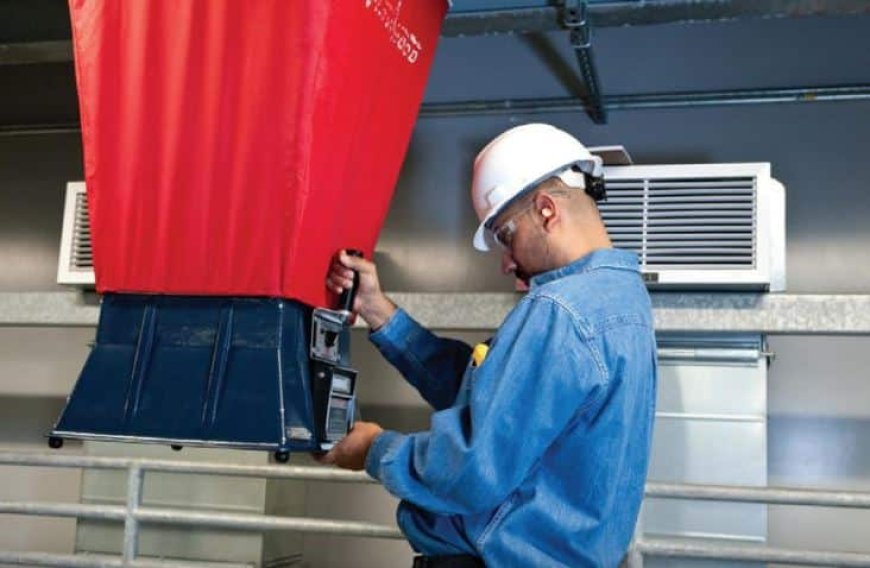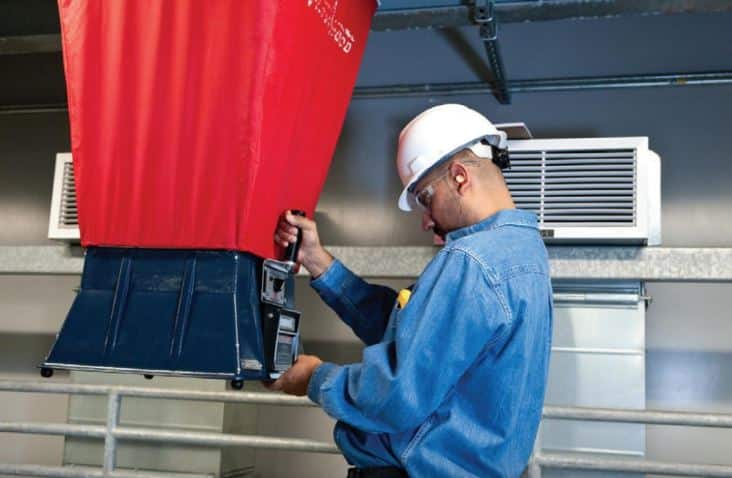SMART commends new building energy efficiency standards

Partners in Progress: Commitment to Sustainable Development Goals

SMART and NEMI commend the Biden administration for its dedication to enhancing building energy efficiency. This commitment not only helps reduce building energy costs, but also benefits our environment and creates employment opportunities for skilled and certified SMART sheet metal workers who possess the necessary expertise to accomplish these tasks. Energy efficiency and indoor air quality (IAQ) objectives can only be achieved if heating, ventilation, and air conditioning (HVAC) units function as intended. The assurance that these systems operate as designed can only be guaranteed if they are installed, tested, and maintained by skilled, trained, and certified professionals and technicians. In order to support the U.S. Department of Energy’s new standards, we are committed to the following:
SMART’s Commitment
SMART is dedicated to raising awareness about the impact of improper installation and maintenance on occupant health and performance, indoor air quality, and energy consumption in facilities across the United States.
NEMI’s Commitment
NEMI is committed to developing and maintaining top-quality training programs and associated ANSI National Accreditation Board (ANAB) accredited ISO/IEC 17024 personnel certifications for the HVAC industry. This ensures that the training and certifications remain relevant and meet the current and future needs of the Biden administration.
SMART and NEMI will collaborate to reassess and modernize the certifications required to meet this building definition. This includes certifications offered by the International Training Institute (ITI) and International Certification Board (ICB) that promote healthy and energy-efficient buildings, such as Building Envelope Installer, Duct Air Leakage Testing, Fume Hood Performance Testing, Indoor Air Quality – Ventilation Verification, TAB Technician and Supervisor, TABB Commissioning, TABB Sound and Vibration, and Total Building Energy Auditing.
SDGs, Targets, and Indicators
1. Which SDGs are addressed or connected to the issues highlighted in the article?
- SDG 7: Affordable and Clean Energy
- SDG 9: Industry, Innovation, and Infrastructure
- SDG 11: Sustainable Cities and Communities
- SDG 13: Climate Action
- SDG 17: Partnerships for the Goals
The article discusses the importance of improving building energy efficiency, which aligns with SDG 7. It also emphasizes the need for skilled and certified professionals to install, test, and maintain HVAC systems, which relates to SDG 9. The focus on indoor air quality and energy efficiency in buildings connects to SDG 11. Additionally, the commitment to meeting the U.S. Department of Energy’s standards and promoting healthy and energy-efficient buildings contributes to SDG 13. The collaboration between SMART and NEMI demonstrates a partnership for achieving these goals, aligning with SDG 17.
2. What specific targets under those SDGs can be identified based on the article’s content?
- SDG 7.3: Double the global rate of improvement in energy efficiency
- SDG 9.4: Upgrade infrastructure and retrofit industries to make them sustainable
- SDG 11.6: Reduce the adverse per capita environmental impact of cities
- SDG 13.2: Integrate climate change measures into national policies, strategies, and planning
The article highlights the commitment to improving building energy efficiency, which aligns with the target of doubling the global rate of improvement in energy efficiency (SDG 7.3). The emphasis on proper installation, testing, and maintenance of HVAC systems contributes to the target of upgrading infrastructure and retrofitting industries to make them sustainable (SDG 9.4). The focus on indoor air quality and energy efficiency in buildings supports the target of reducing the adverse per capita environmental impact of cities (SDG 11.6). Lastly, the commitment to meeting the U.S. Department of Energy’s standards and promoting healthy and energy-efficient buildings aligns with the target of integrating climate change measures into national policies, strategies, and planning (SDG 13.2).
3. Are there any indicators mentioned or implied in the article that can be used to measure progress towards the identified targets?
- Energy consumption reduction in facilities
- Number of skilled, trained, and certified professionals and technicians
- Number of certifications for HVAC industry personnel
- Improvement in indoor air quality
- Compliance with U.S. Department of Energy’s standards
The article mentions the need to reduce energy consumption in facilities, which can serve as an indicator to measure progress towards the target of improving energy efficiency (SDG 7.3). The emphasis on skilled, trained, and certified professionals and technicians implies that the number of such individuals can be used as an indicator to track progress towards the target of upgrading infrastructure and retrofitting industries (SDG 9.4). The commitment to creating and maintaining certifications for HVAC industry personnel suggests that the number of certifications can be an indicator of progress towards this target. Additionally, the focus on indoor air quality and the promotion of healthy buildings can be measured through indicators such as improvement in indoor air quality and compliance with the U.S. Department of Energy’s standards.
4. SDGs, Targets, and Indicators
| SDGs | Targets | Indicators |
|---|---|---|
| SDG 7: Affordable and Clean Energy | 7.3: Double the global rate of improvement in energy efficiency | – Energy consumption reduction in facilities |
| SDG 9: Industry, Innovation, and Infrastructure | 9.4: Upgrade infrastructure and retrofit industries to make them sustainable | – Number of skilled, trained, and certified professionals and technicians – Number of certifications for HVAC industry personnel |
| SDG 11: Sustainable Cities and Communities | 11.6: Reduce the adverse per capita environmental impact of cities | – Improvement in indoor air quality |
| SDG 13: Climate Action | 13.2: Integrate climate change measures into national policies, strategies, and planning | – Compliance with U.S. Department of Energy’s standards |
| SDG 17: Partnerships for the Goals | N/A | N/A |
Copyright: Dive into this article, curated with care by SDG Investors Inc. Our advanced AI technology searches through vast amounts of data to spotlight how we are all moving forward with the Sustainable Development Goals. While we own the rights to this content, we invite you to share it to help spread knowledge and spark action on the SDGs.
Fuente: smart-union.org

Join us, as fellow seekers of change, on a transformative journey at https://sdgtalks.ai/welcome, where you can become a member and actively contribute to shaping a brighter future.







